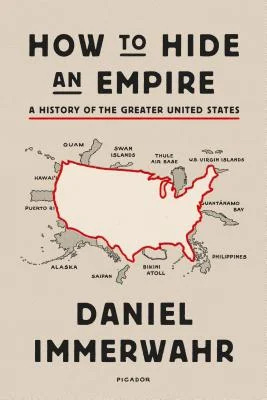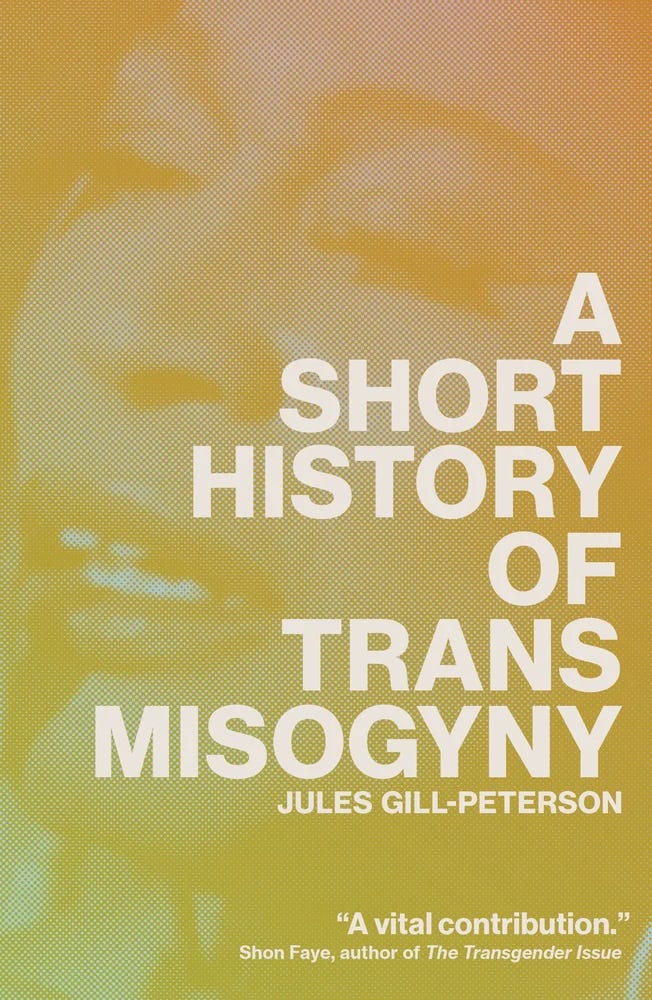Michael Waters’ Radicalizing History Books
The writer shares the works that inspired him to tell the story of pioneering Olympic trans athletes.
Today we have a reading list from Michael Waters’ — whose extraordinary debut nonfiction book The Other Olympians: Fascism, Queerness, and the Making of Modern Sports was published earlier this month by FSG. In it, Waters traces the story of pioneering early trans athletes—whose accomplishments were overshadowed by Olympic bureaucracy.
And if you’re interested in Michael’s book, we also recommend you check out the 2025 Aesop Queer Library, which will be in New York at Aesop Rockefeller Center, Los Angeles at Aesop Larchmont, and Toronto at Aesop Yorkville, where visitors can pick a complimentary book by a queer writer to take home. (We wrote about the New York one last year <3)
Without further ado, below, Michael shares his reading list of radicalizing history books.
The thing about a good history book is that it is usually pretty radicalizing. Systems of power keep their hold on us, in part, through obfuscation. You aren’t supposed to see how shaky their foundations really are.
I felt this often while researching my debut nonfiction book, The Other Olympians: Fascism, Queerness, and the Making of Modern Sports. The current anti-trans movement in sports dates back to 1936, when a group of Nazi-aligned sports officials rammed through the first attempt to exclude certain women from women's sports. The public, I realized, wasn't asking for it: The sports press at the time was writing with care about Zdeněk Koubek, a transmasc Czech athlete, and about the limits of binary categories.
When you trace back the history of a system, in other words, you may see how close we were to a more equitable present.
History is riddled with resistance movements to these same systems—many of which, in their imagination and dynamism, can provide the kindling for organizing today. History isn't an endpoint, of course, but I've come to believe it is a central tool for locating coalitions. Want to build a movement around the crushing debt that defines our present? The archive probably holds a few tips.
The Political Development of American Debt Relief by Chloe N. Thurston and Emily Zackin
Don’t be put off by the academic title: This is a deeply researched history that, in the right hands, could easily double as an activist text. Thurston’s and Zackin’s book uncovers how a group of farmers pushed American state legislatures to adopt some of the most debtor-friendly bankruptcy laws in the world—laws that creditors would spend the subsequent decades attempting to erode.
It is also a history of how debt, when understood as a political and not a personal failure, has served as a vehicle for organizing social movements. Today, we live in an era of historic indebtedness; Thurston and Zackin offer historical antecedents to contemporary groups like the Debt Collective.
How to Hide an Empire by Daniel Immerwahr
You probably know some version of this story: On December 7, 1941, Japanese soldiers attacked a navy base in Hawaii called Pearl Harbor. What you maybe don’t know is that, nine hours later, Japanese planes also bombed the U.S.-occupied Philippines. Yet FDR, when he addressed the country, decided to elide mentioning the attack on the Philippines, because most Americans simply didn’t realize their government occupied the islands.
The magic of Immerwahr’s book is how it interlaces the history of American colonial power with cultural and political projects we know well: segregation, octagonal stop signs, James Bond, the creation of the bikini. It is also filled with anecdotes that you will immediately need to screenshot and text to your friends. One particularly absurd moment involved the Swan Islands, a cluster of islands off of Honduras that the CIA was using as a secret radio site during the Cold War. When a group of young Honduran students arrived, the CIA, terrified they would discover its covert operations, decided to ply them with alcohol. Enter one of history’s great cables: “GIVE THEM PLENTY OF BEER AND PROTECT THE FAMILY JEWELS.”
A Short History of Trans Misogyny by Jules Gill-Peterson
Gill-Peterson’s book is a slim one, which probably belies just how ambitious it is. In tracing the origins of transmisogyny from the 19th century onward, Peterson also builds out a phenomenally rich trans archive. Highlights include Jennie June, a white pseudonymous trans memoirist who described a New York City where transfeminity was widely understood in certain working-class circles, and Mary Jones, a Black trans woman and sex worker who was put on trial for thievery in 1836. Our records of Jones’ story, satirized at the time as emblematic of the perils of abolition, is mediated through “the fantasy, punchline, or wholesale invention of a white author,” according to Gill-Peterson.
I’m especially obsessed with the 1840s New York newspaper the Whip, a gossip sheet unearthed by Gill-Peterson that regularly chronicled tales of homosexuality and cross-dressing for a thrill-seeking male public. Further proof that tabloids are a weirdly incredible font of queer history.
The Black Utopians by Aaron Robertson
In 1967, Black Detroiters channeled decades of police brutality, segregation, and economic subjugation into a week-long series of skirmishes known as the Detroit Rebellion. When a group of moderates responded to the uprising with a weak and reformist vision for what they called “New Detroit,” the Reverend Albert Cleage Jr., a local leftist leader, was dismayed. “If we can’t have justice in Detroit,” he said, “we can’t live in Detroit.” Cleage’s the Shrine of the Black Madonna Church, which would eventually set up communes, bookstores, and the largest Black-owned farm in the U.S., is the focus of The Black Utopians.
It’s a gorgeously written book that invites us to imagine a different course of history, and it is brimming with tantalizing discoveries from the archives: the 1960s Black leftist publication the Illustrated News, the 1800s Black utopian interest in the German language, and the centrality of Sweden as a place of political asylum for Black radicals in the 1960s.









